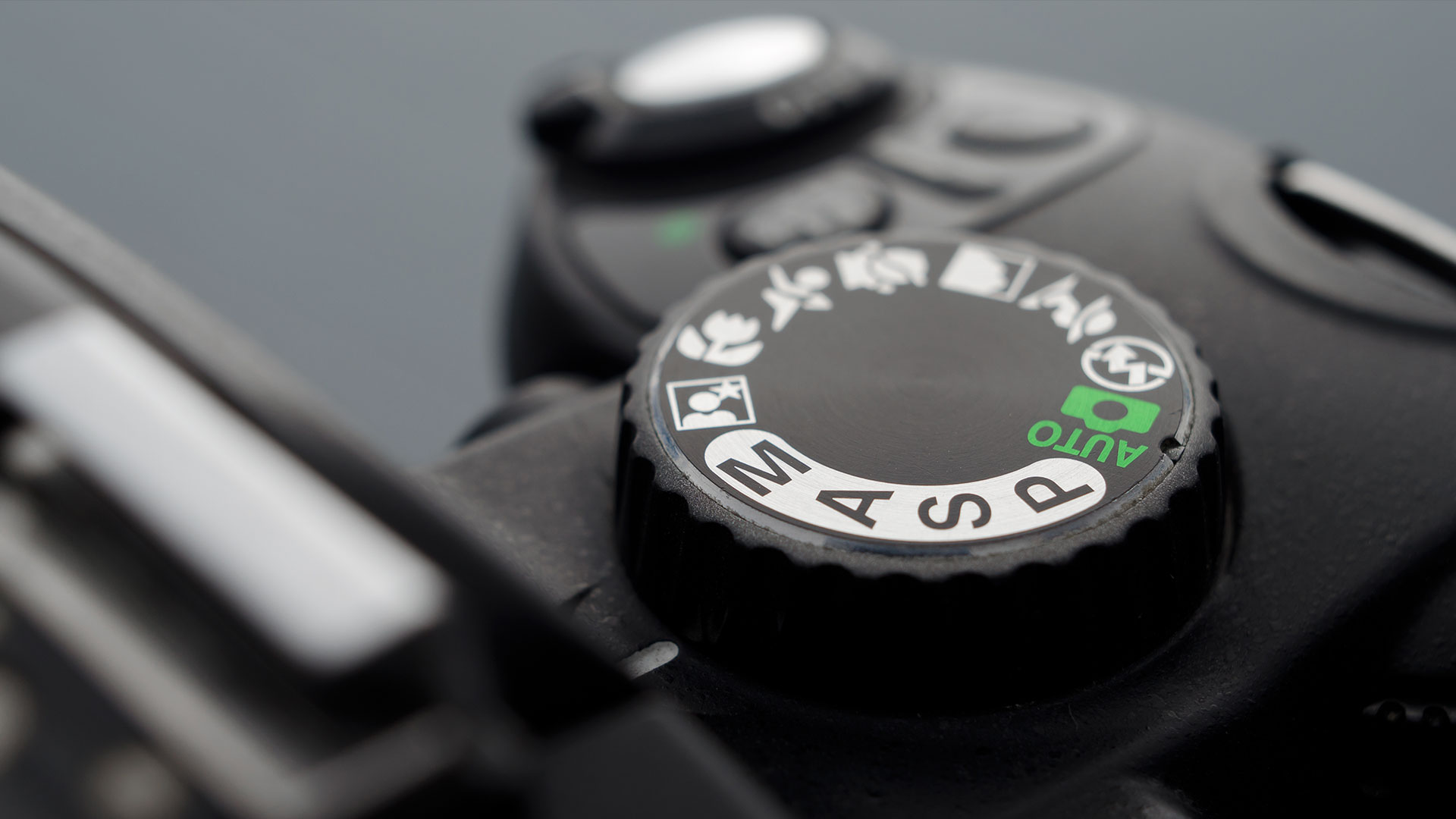When I bought my first DSLR — a fancy Nikon D5100 — I was completely overwhelmed. I had watched a ton of YouTube videos and read the manual, but really didn’t feel like I had a deep knowledge of how to use my camera.
There was one piece of advice I heard that paved the way to where I am today in my photography — to use Aperture Priority mode.
Photographing in Manual mode is often preferred by professionals because it gives you complete control over the camera’s functions. But this can be confusing and oftentimes difficult to learn, which is why Aperture Priority mode can be so appealing.
While I’ve since moved on to using Manual mode for a majority of my work, Aperture Priority mode bridges the gap between the Auto function on your camera and the fully Manual settings. It’s a great entry-level mode for beginners, but even pros use it when the time is right. I still use it with some of my event photography, as it allows me to keep my ISO and aperture consistent, while not having to fuss with shutter speed constantly. I know what I’m going to get out of my photographs before I even click the shutter button.
What is Aperture Priority mode?
Aperture Priority mode — usually signified by A or Av on your camera’s setting dial — lets you control a lot of things about your camera, including aperture, ISO, exposure compensation and white balance.
What it doesn’t let you control is the shutter speed of your camera, instead automatically sets this for you based on the ISO and aperture chosen.
Why start with Aperture Priority mode?
Having a new camera can cause a different mix of emotions. Excitement, frustration and feeling overwhelmed are certainly not out of the ordinary! Using Aperture Priority mode gives you enough control to learn the camera, but you’re still leaving shutter speed to the camera to decide. This lets you focus and learn the aperture of your camera and ISO (which also can be set to auto) without adding another function into the mix.
Once you fully understand how to use Aperture Priority mode, then you can start experimenting with Manual mode and other settings on your camera.
Why not Program mode?
Program mode is a great starting point too, but there’s one reason I don’t recommend it. It’s still very much like putting your camera on Auto, not giving you much control.
Some cameras have flexible Program mode settings, where you can take over the “Auto” portion of Program mode, but at that point, you’re better off going with Aperture, Shutter or Manual mode from the get-go.
Other reasons to use Aperture Priority mode instead of Manual
While Manual mode is certainly preferred in a lot of situations, imagine this. You’re photographing a wedding, moving from room to room. The light changes in each room, meaning you have to constantly adjust things like your shutter speed.
By putting your camera in Aperture Priority mode, you can focus on the shot at hand, instead of worrying about how fast your shutter speed needs to be to get the photograph in focus.
The same can be said on a partly cloudy day, with fast clouds moving overhead. One second you might need to photograph at f/16 or f/8, and the next you might need to let more light in and photograph at f/2.8 or f/4.
Regardless, Aperture Priority mode is a powerful tool to not only get you started with your new camera — it’s also a mode you can rely on in those trickier situations as you progress as a photographer.
Source link




Leave a Reply